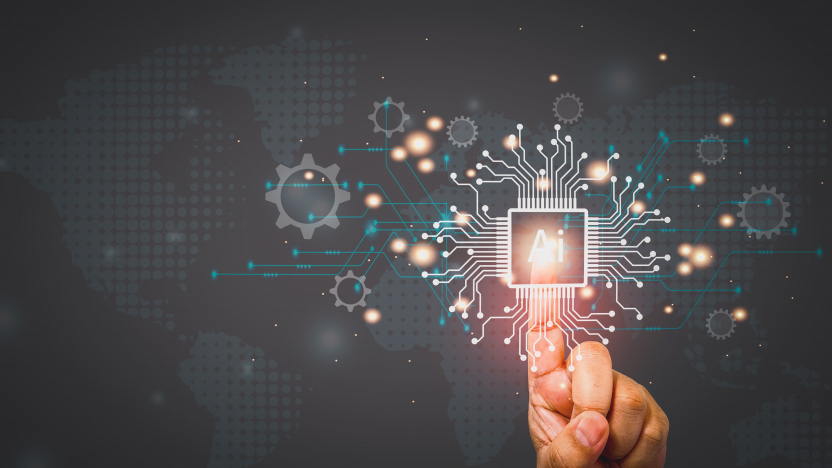AI inventions: The importance of description, EPO Guidelines and practical considerations

Meeting the requirements for sufficiency of description can be challenging for all types of EU patent applications, but especially ones for AI inventions. Catherine Caspar highlights the difficulty of accurately describing the training data used in AI models and summarises the practical guidance offered by the EPO’s updated Guidelines for Examination.
Sufficiency of description is one of the important benchmarks for patent validity. Computer-implemented inventions, including those in the field of artificial intelligence (AI), are no exception to this requirement.
According to this criterion (defined by Article 83 of the European Patent Convention), an invention must be set out in the patent application in a manner sufficiently clear and complete for a person skilled in the art to be able to execute it.
AI inventions: Descriptions of training data
For AI inventions, one major difficulty here concerns the description of the training data used in AI models, including determining the necessary level of precision for descriptions of the training data.
As we have previously covered, the use of AI makes the application of the criteria for assessing the sufficiency of description more challenging due to the complexity of AI systems and the complex training data they use during the learning phase.
For example, the patentability of an AI-based solution may lie in different aspects: the use of a specific algorithm, a specific training method involving a specific definition of the cost function and/or a specific method of adjusting the algorithm parameters during training, the choice of the hyper-parameters of the algorithm, the nature and typology of the training data, the combination of the AI algorithm with other types of algorithms, preprocessing training data. Very often, it is a combination of these different aspects that enables the AI-based solutions (or "AI inventions") to be effective for a given application.
AI Inventions: EPO Guidelines for Examination
The European Patent Office (EPO) updated its Guidelines for Examination earlier this year to provide some practical guidance for drafting patent applications related to AI inventions, summarised below.
An important criterion is to determine to what extent the training data produces technical effects and contributes to the solution of a technical problem.
For example, in the case of a classification algorithm, the method of generating the training data and the training method of the classification algorithm can be decisive for this algorithm to be efficient, providing specific advantages relevant to the state of the art and thereby meeting the EPO patentability criteria.
The technical effects produced by the generation of the training data and/or the training method of the classification algorithm must thus be identified and established.
According to the EPO Guidelines, these technical effects can be established by different means, such as: explanations, mathematical proofs, experimental data or other factual elements. Mere claims of benefits, without any substantiation, are generally not enough for AI inventions. A causal link must be established between, on the one hand, the properties of the training data and/or the training method; and, on the other hand, one or more technical effects provided by the invention.
For example, if one of the technical effects depends on particular properties of the training data, these must be described, and it must be indicated how these properties achieve this effect. However, fully describing the training dataset is generally not required.
These general rules provide very useful practical guidelines for drafting, but it remains necessary to analyse each invention in detail, to identify, case by case, the characteristics conferring patentable character to the AI inventions and thereby the limits of what must be described or not.
To find out more about protecting AI inventions, speak to your Novagraaf Attorney or contact us below.
Catherine Caspar is a French and European Patent Attorney based at Novagraaf in Strasbourg, France.